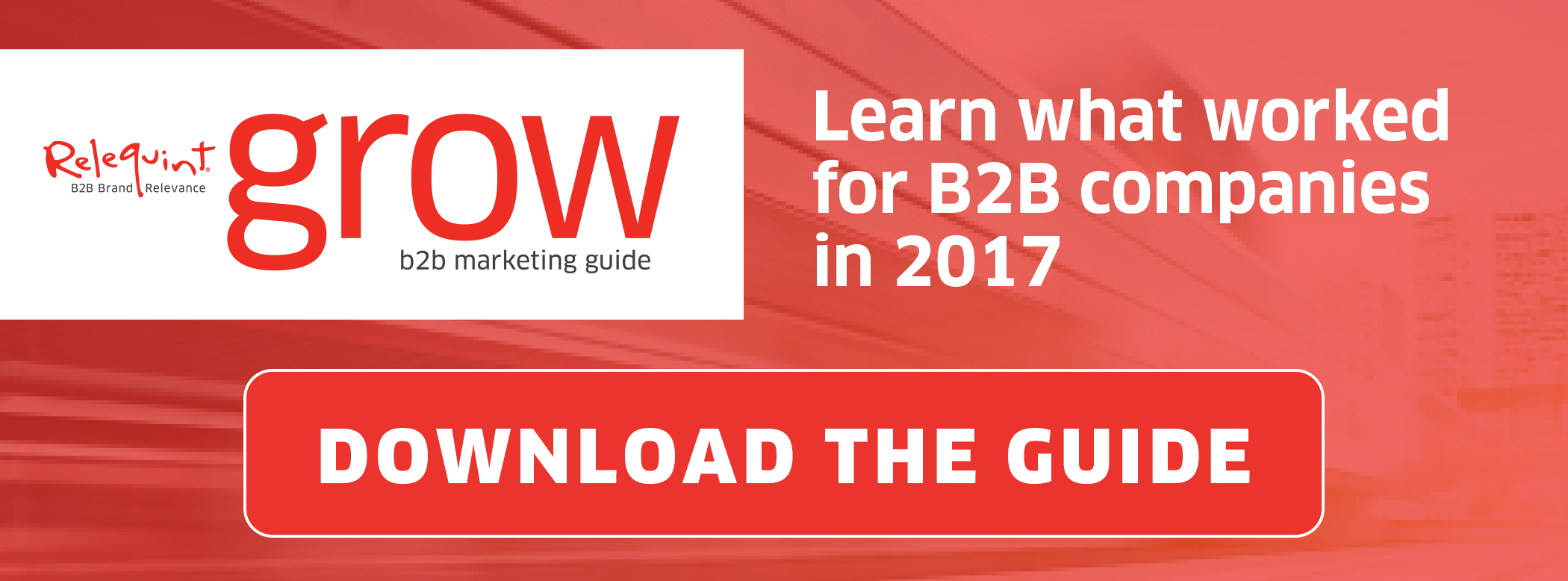 No matter how many clicks your B2B paid advertising gets, without conversions, you're flushing money away. If you're getting an uptick in traffic to your website but not enough visitors are signing up, making a purchase, requesting a consultation, or are otherwise browsing and leaving, here's what might be going wrong.
No matter how many clicks your B2B paid advertising gets, without conversions, you're flushing money away. If you're getting an uptick in traffic to your website but not enough visitors are signing up, making a purchase, requesting a consultation, or are otherwise browsing and leaving, here's what might be going wrong.
Trouble With Keywords
Getting conversions instead of just more traffic depends on getting the right kind of traffic to your website. The keywords you're targeting with your B2B paid advertising have to do more than just get attention; they have to attract people who are good candidates for your solutions and in a position to convert.
- Browsing vs. Buying Keywords. Certain keywords signal intent to buy, and these often relate to product or service specifics, pricing, and implementation concerns. If you're not targeting enough buying keywords, you might have an unbalanced number of casual browsers rather than serious buyers.
- Broad vs. Exact Match. Exact match keywords are more precise, and therefore lean toward better conversions. On the other hand, you don't want to exclude those people who aren't sure exactly what they're looking for. As with browsing and buying keywords, the idea here is to find a good balance of both.
- Buyer Intent vs. Your Intent. When buyer’s search terms bring up your ads, but your offer doesn't match what the buyer is looking for, you'll obviously suffer in the conversions department. It’s not that you’re trying to be deceptive, but it’s important to your conversion rates to eliminate visits with mismatched intent.
One way to do this is with negative keywords, or search terms that will exclude your ads when they're used. For example, "bookkeeping" may be a term that enterprise accounting software firms may want to exclude if their products aren't a good fit for small businesses.
Trouble With Landing Pages
Even when your keyword strategy is on point, if your landing pages aren't ready to work hard, you'll miss out on key conversions. You want your ads to take people directly to a landing page that speaks exactly to the words that were typed in the search (Hint: If you're still directing clicks to your home page, stop, and direct them to a landing page instead.) Create as many landing pages as you need to cover what you're targeting with your ads.
You also need to eliminate wasteful clicks and make converting frictionless. It's possible to get extremely granular in your quest to optimize landing pages for conversions, but everyone should start here:
- Optimize for Every Device. Mobile device users may have topped all other devices, but the latest data points to users who are using a variety of interfaces, and they expect an optimal experience on each.
- Simplify. The aim of your landing pages is to directly drive conversions. Any distractions will do just that — distract from your calls to action.
- Showcase Benefits. When creating your offer, be sure to highlight reasons for people to convert rather than simply using descriptive words to talk about what they'll get. People are looking for help, or they want to do things faster, or easier or for less money. Tell them how your offer will do this.
- Address Objections. Use everything from statistics to testimonials to credentials that will boost your trustworthiness to help people over the hump.
- Simplify Your Forms. The conventional wisdom is that the fewer form fields you have, the higher your conversion rate, but remember that most people expect to give some information, so don't cut out too much. As long as the value of the information you're collecting matches what you're providing and you're still collecting enough information to close deals, you should be good. But make sure to test a few versions of your form with different copy, form fields, calls-to-action, etc. before you choose one.
Getting the Most from Your B2B Paid Advertising
Well researched keywords, visible calls-to-action, and optimized landing pages will all move you toward boosting the conversion rates from your B2B paid advertising campaigns. Remember to stay focused on your buyers, what they're looking for, and how much time and effort they're willing to invest before converting, and you'll find the formula that's right for you.![]()







 By
By 
